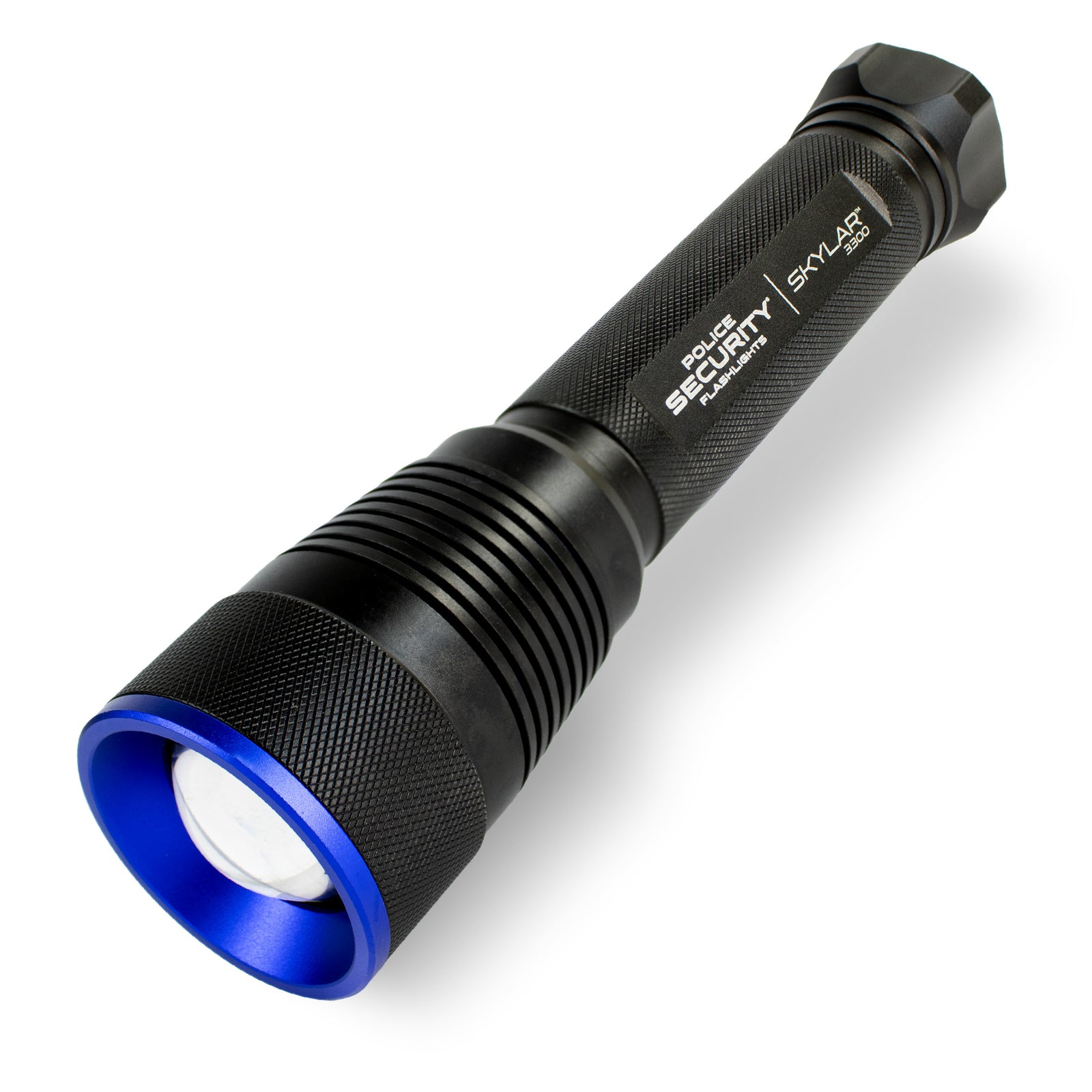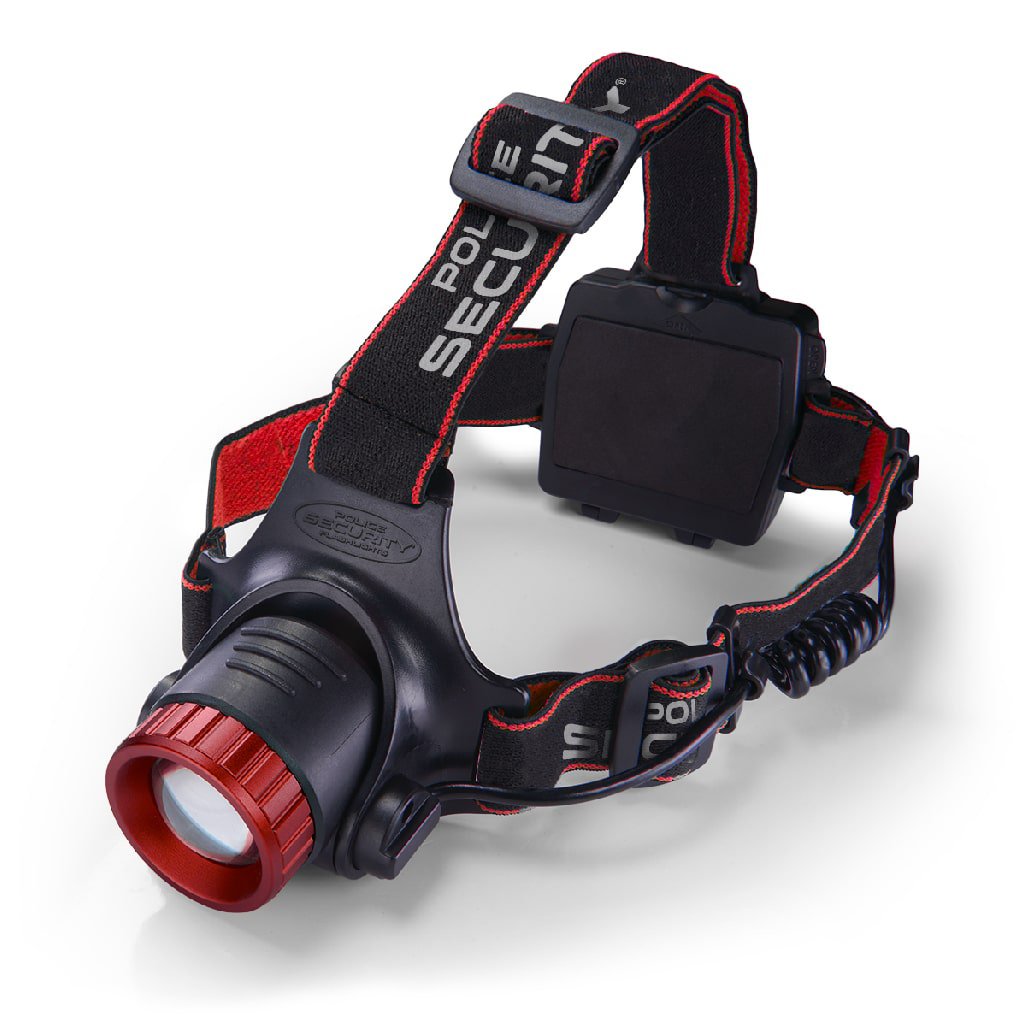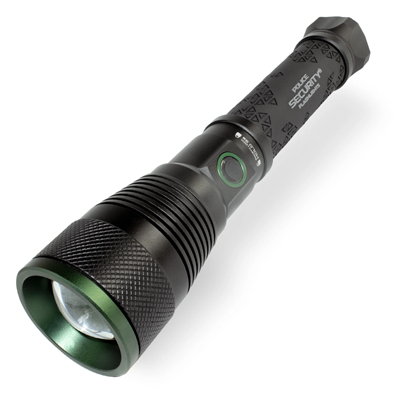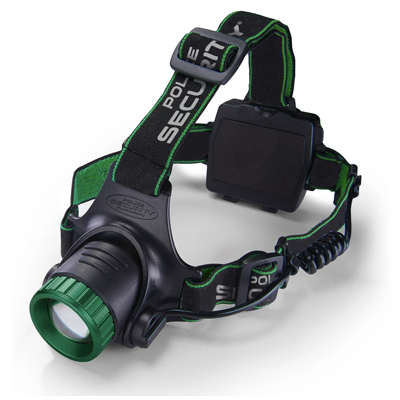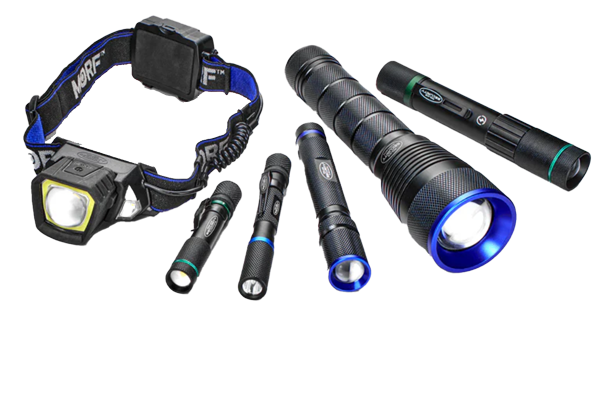The Case for Rechargeable Flashlights
Three billion—yes, 3 billion—single-use alkaline batteries are sold annually in the U. S, averaging about 32 per family or 10 per person.
Electronics today are pervasive in our lives. We charge everything in our lives and own a myriad of cables. We charge our phones, our laptops, and our Air Pods without a second thought.
Many of the products we use every day are all powered by rechargeable batteries. Yet, most of us still have flashlights powered by disposable batteries. Should that change too?
After they are used, they are usually tossed away, not recycled and end up in landfills. There, the battery casing corrodes, and the chemicals leak into the soil and make their way into our water supply.
Today, more than ever, companies strive to develop new technologies and new out-of-the-box ideas, while leading the charge to innovate responsibly. The flashlight industry creates predominantly aluminum flashlights and recommends consumers buy from companies that are members of recycling programs, such as Call2Recycle, so a product that reaches ‘end of life’ can have a greater likelihood of being recycled responsibly. It demonstrates a company’s commitment to the preservation of our environment.
Rechargeable flashlights light a path to a brighter future. They also allow for longer run times, increased lumen capacity, and brighter lights on all products that utilize them. Light output is approximately 75% brighter when using a rechargeable flashlight compared to a non-rechargeable flashlight.
There are only two main considerations if you’re in the market or just plain curious as to the benefits of using rechargeable flashlights or headlamps. Both are all about the "green"—money and the environment.
First, let's talk dollars. How much is it?
Out of the gate, it’s safe to say that a rechargeable flashlight costs more at the outset, but just dollars really. Ultimately, you will spend less on a rechargeable item.
Rechargeable batteries can be charged many times over the life of the battery (some styles up to 1,000 times), so it makes sense that the rechargeable flashlight or headlamp comes with a higher price tag. The appeal of laying out less initial cash is one of the reasons that most consumers choose to purchase the disposable battery option. Perhaps penny wise and pound foolish. With every charge, the rechargeable flashlight becomes increasingly cost-effective.
In the end, the batteries that you can recharge are significantly more cost-effective, often providing hundreds or even thousands of hours more than their disposable counterpart. The lithium-ion rechargeable battery has proven to be incredibly efficient in consumer electronics. Each year, Pros and DIYers are rapidly moving toward rechargeable headlamps and flashlights. Longer runtimes, less changing of dead batteries, and an overall better user experience.
Rechargeable lithium-ion batteries can be charged through a USB connection from a computer, AC, or DC outlet. Rechargeable batteries may drain more quickly over time and with successive charges, but there is never a need to repurchase batteries as long as they satisfactorily hold their charge. Disposable batteries may last longer than their rechargeable counterpart initially, but they are called disposable for a good reason; they simply cannot be recharged. Once they die, they are useless.
Now onto the other green: the environment.
 Batteries provide power to flashlights by converting chemical energy into electrical energy. The opposite ends of a battery, the anode and the cathode or known colloquially as the + and - terminal, create a path for the flow of electrons which carry an electrical charge. These electrons, limited in number, flow through the wires powering the device, however, once this electrical circuit is depleted, the battery is tossed away.
Batteries provide power to flashlights by converting chemical energy into electrical energy. The opposite ends of a battery, the anode and the cathode or known colloquially as the + and - terminal, create a path for the flow of electrons which carry an electrical charge. These electrons, limited in number, flow through the wires powering the device, however, once this electrical circuit is depleted, the battery is tossed away.
Single-use batteries that are thrown away have dire consequences for the environment. Every battery contains hazardous, toxic, and corrosive materials like mercury, cadmium, lithium and lead. As batteries corrode, their chemicals soak into the soil and contaminate groundwater, surface water, and contaminate our ecosystems when they are placed into a landfill. Placing them in a proper recycling battery bank will ensure their chemicals don't make their way back into your water supply.
When you consider the greenhouse gases generated from manufacturing, rechargeables also look better than disposables. They are reusable, so we don't have to make as many. Rechargeable batteries can be better for the environment than disposables but only if they are used to their full potential and are then properly disposed.
So, the next time you unplug your phone or charge the laptop, maybe think about if a rechargeable flashlight is right for you.


